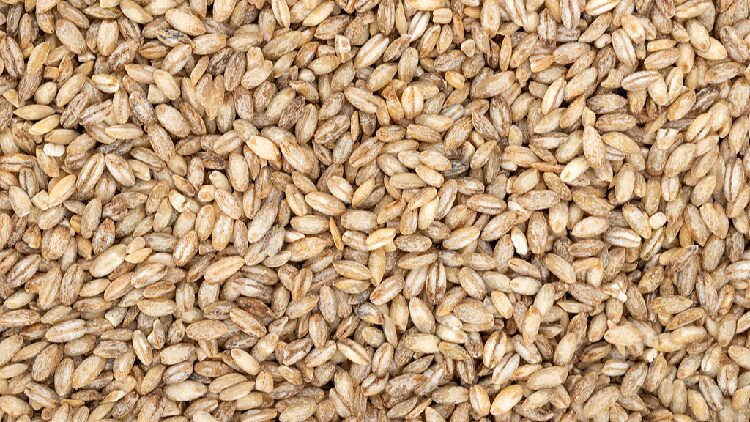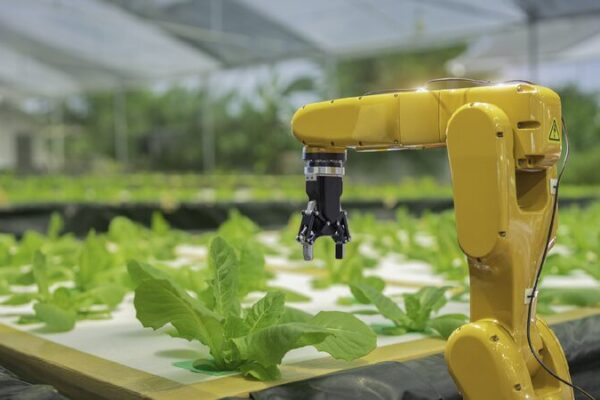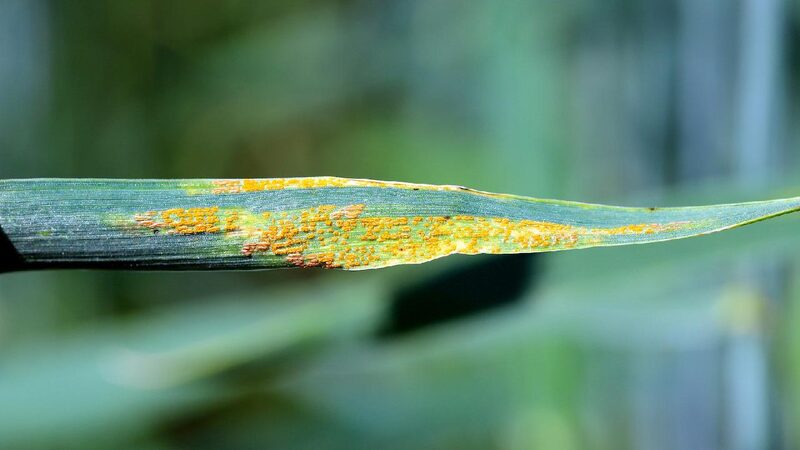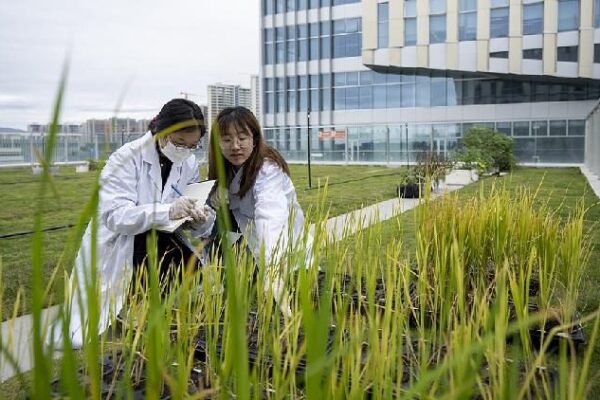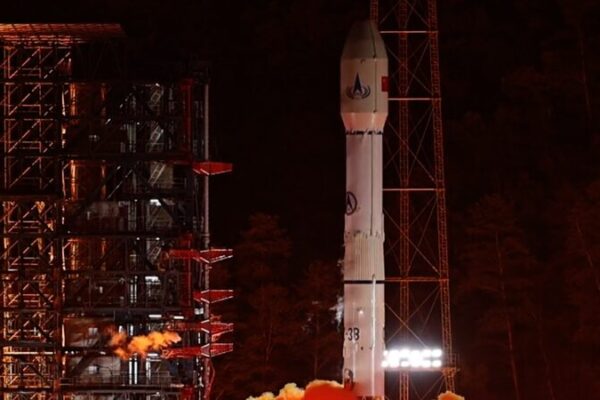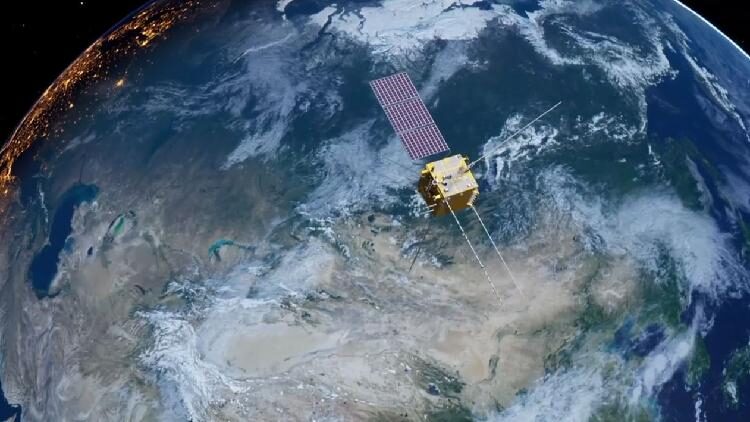China is taking agriculture to new heights—literally. In northwest China’s Shaanxi Province, scientists have received a batch of highland barley seeds that have just returned from space aboard the experimental satellite Shijian-19. These aren’t ordinary seeds; they’re the pioneers of China’s first generation of “space highland barley.”
Handpicked for their potential high yield, toughness against extreme temperatures, and pest resistance, these seeds hail from Shannan City in southwest China’s Xizang Autonomous Region. “As a major agricultural hub in Xizang, we’re committed to boosting grain output through technology,” said Dawa Sangzhub, head of Shannan’s agricultural technology promotion center. “Space breeding offers a way to develop tougher, more productive crops, ultimately helping farmers earn more.”
So what is space breeding? It’s a process where seeds are sent into space to be exposed to cosmic radiation, microgravity, and the vacuum of space. These extreme conditions can cause genetic changes in the seeds. When they return to Earth, scientists cultivate them to see which ones have developed awesome new traits like higher yields or better resistance to diseases and harsh climates.
After a 15-day cosmic adventure, the seeds were studied by experts from the Xi’an National Civil Aerospace Industrial Base and agricultural specialists from Shannan. They’re teaming up, combining cutting-edge tech with hands-on farming know-how to make sure these space seeds go from mutation to munchies.
China launched Shijian-19, its first reusable and returnable test satellite, on September 27, 2024, and brought it back on October 11, 2024. This mission is a big deal—not just for space exploration but also for how we might grow our food in the future.
Reference(s):
cgtn.com
